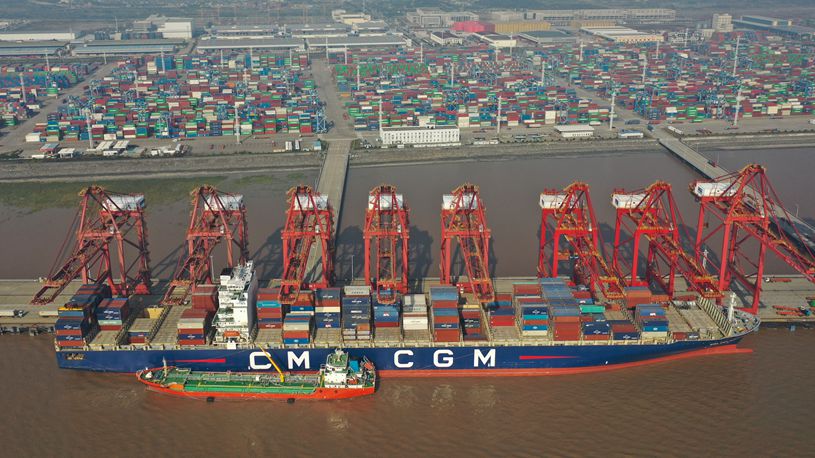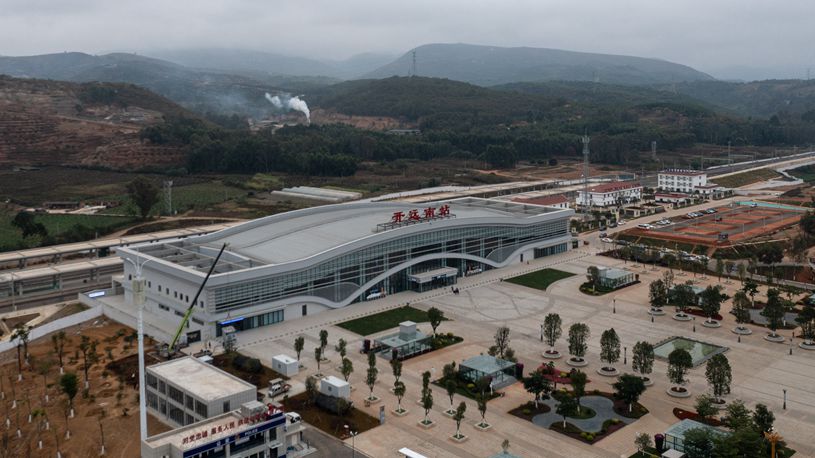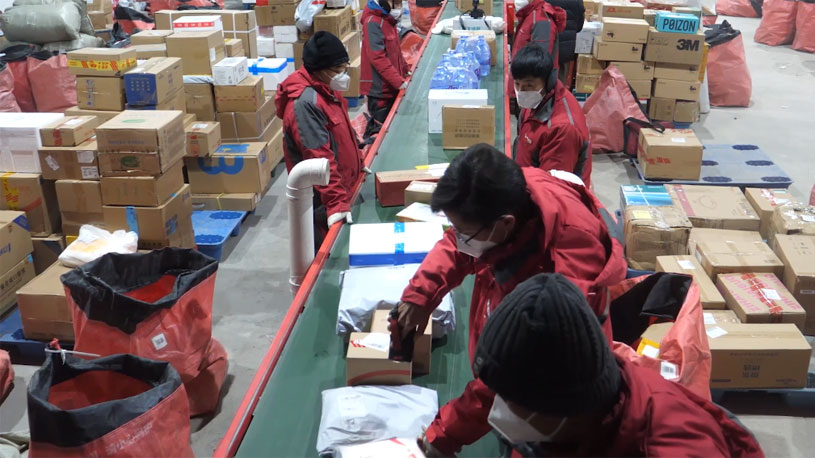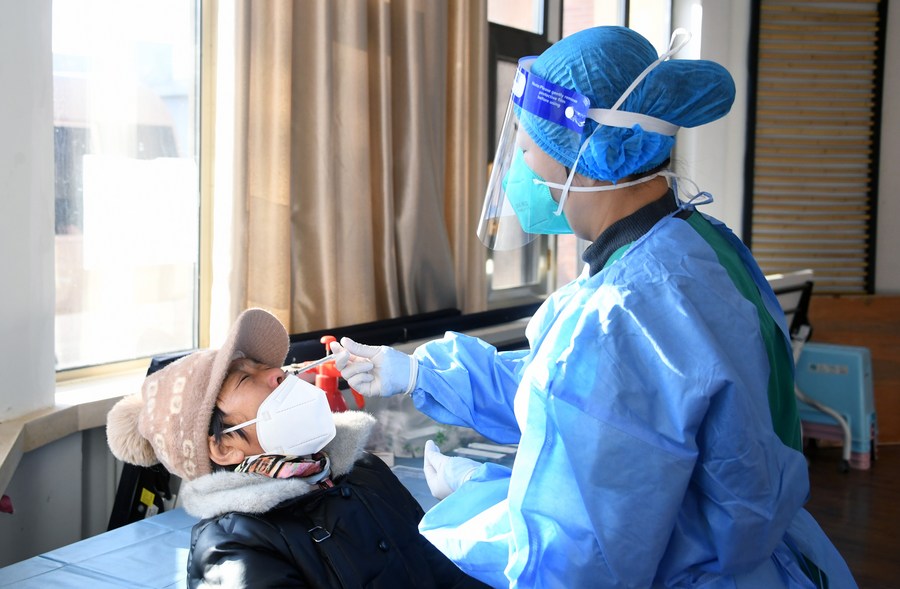
A medical staff administers a second booster dose of COVID-19 vaccine for an elder through nose at a temporary vaccination site in Haidian District, Beijing, capital of China, Dec. 17, 2022. (Xinhua/Ren Chao)
BEIJING, Dec. 21 (Xinhua) -- The COVID-19 pandemic has put health policies and governance capacities of countries around the globe to the test.
When evaluating a nation's performance in such a test for all of humanity, it is important to consider how well the lives and health of its citizens have been protected, as well as the extent of its economic and social progress during this process.
Over the past three years, these two essential components have been highly valued by China, as made evident by the country's pragmatic and efficacious COVID policy and timely optimization thereof.
Nevertheless, some foreign media outlets and pundits have repeatedly judged China's previous epidemic response as amounting to a "lack of freedom," and suggested that its recent COVID policy adjustments would make the country "pay a price."
In fact, they neglected to mention that had it not been for China's determined COVID battle over the past three years, millions of lives of Chinese citizens would have been lost.
Of all the things in the world, life is the most precious. When prioritizing health and life, the world's most populous country has never given up on safeguarding people from the virus, whether they are newborns or centenarians.
China's stringent epidemic response since early 2020 secured a precious time window that allowed for the current adjustments. The virulence of the virus has waned, and China has equipped itself with a full vaccination rate of over 90 percent for its 1.4 billion population, raised the health awareness of citizens, as well as gained valuable experience and developed effective treatment methods.
In upholding its people-centered philosophy, the world's second-largest economy has also recorded remarkable achievements in its economic and social development.
By effectively coordinating the fight against the virus with economic and social development needs, China registered an average annual economic growth of 4.5 percent for the past three years -- significantly higher than the world's average.
Confronting multiple challenges at home and abroad, China's sound economic fundamentals have remained unchanged, with strong resilience, enormous potential, and great vitality.
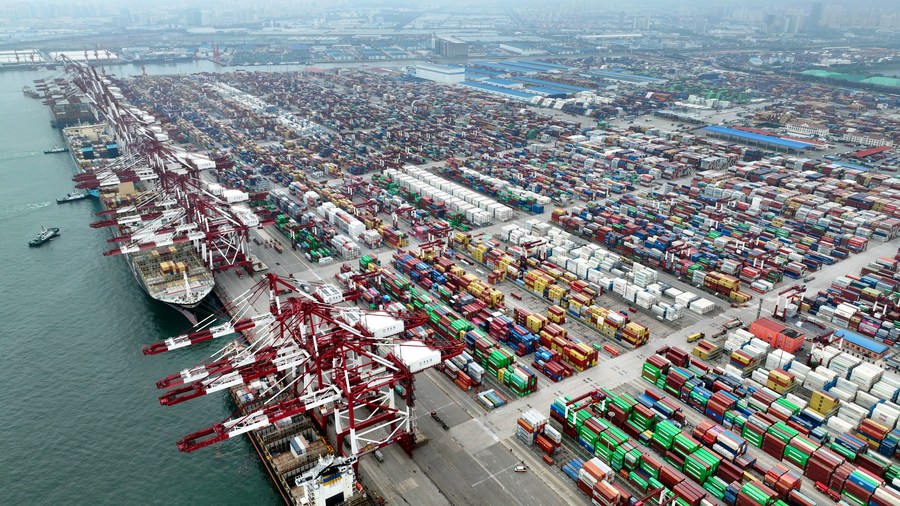
Aerial photo taken on July 29, 2022 shows the Qianwan Container Terminal in Qingdao Port, east China's Shandong Province. (Xinhua/Li Ziheng)
Thanks to the prompt resumption of work and production made possible by its relentless and targeted anti-epidemic efforts, China had not only contained its inflation rate, but also logged growth of foreign trade in goods amid a worldwide slump in shipments.
Had it not been for China's proactive COVID strategy, shortages of goods would have probably nudged up retail prices in Walmart and Tesco stores across the Atlantic, impeded what has been shaky global economic recovery and further strained the already weakened global supply chain.
China by no means regards safeguarding health and wealth as a zero-sum game.
Advancing its latest optimization plan -- with the priority of work shifting from preventing infections to medical treatment -- China does not shy away from acknowledging challenges, and is determined to ramp up vaccination efforts among the elderly and increase the capacity of intensive care units.
There is nothing wrong with various nations using diverse strategies to combat a common enemy depending on their particular realities. It is accurate to argue that there is no best plan, only the one that works best for a particular nation. ■




